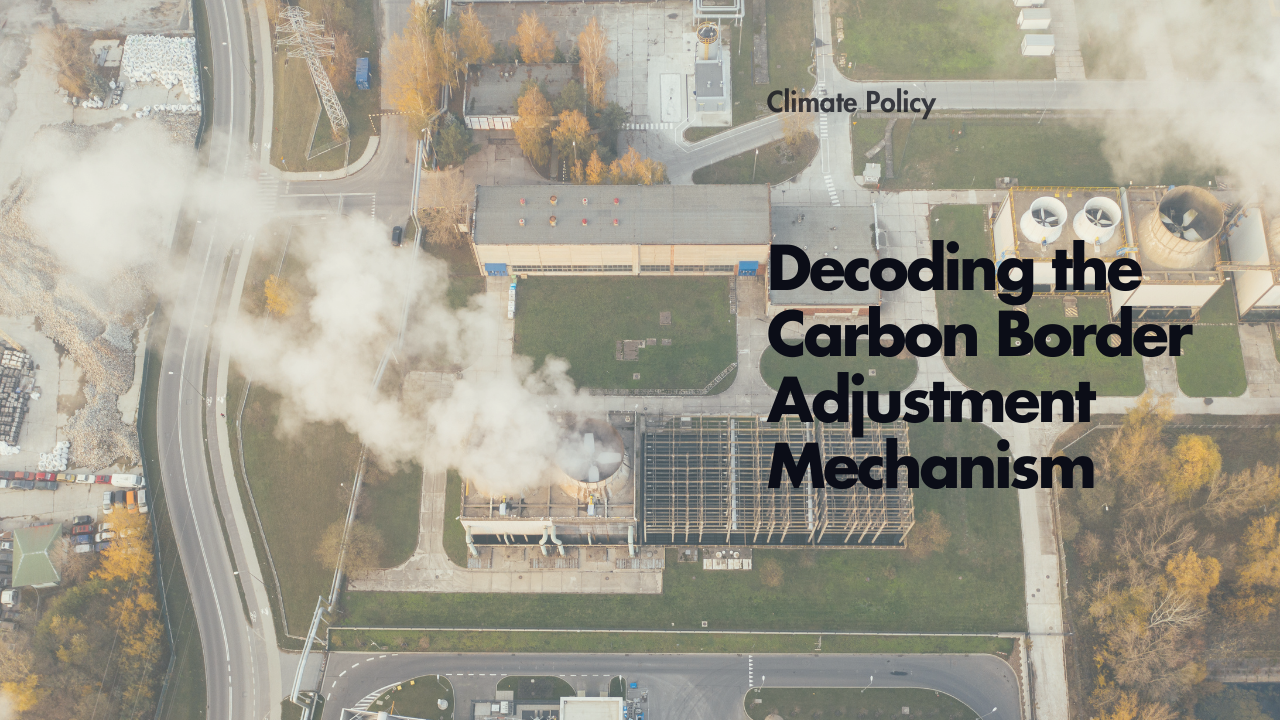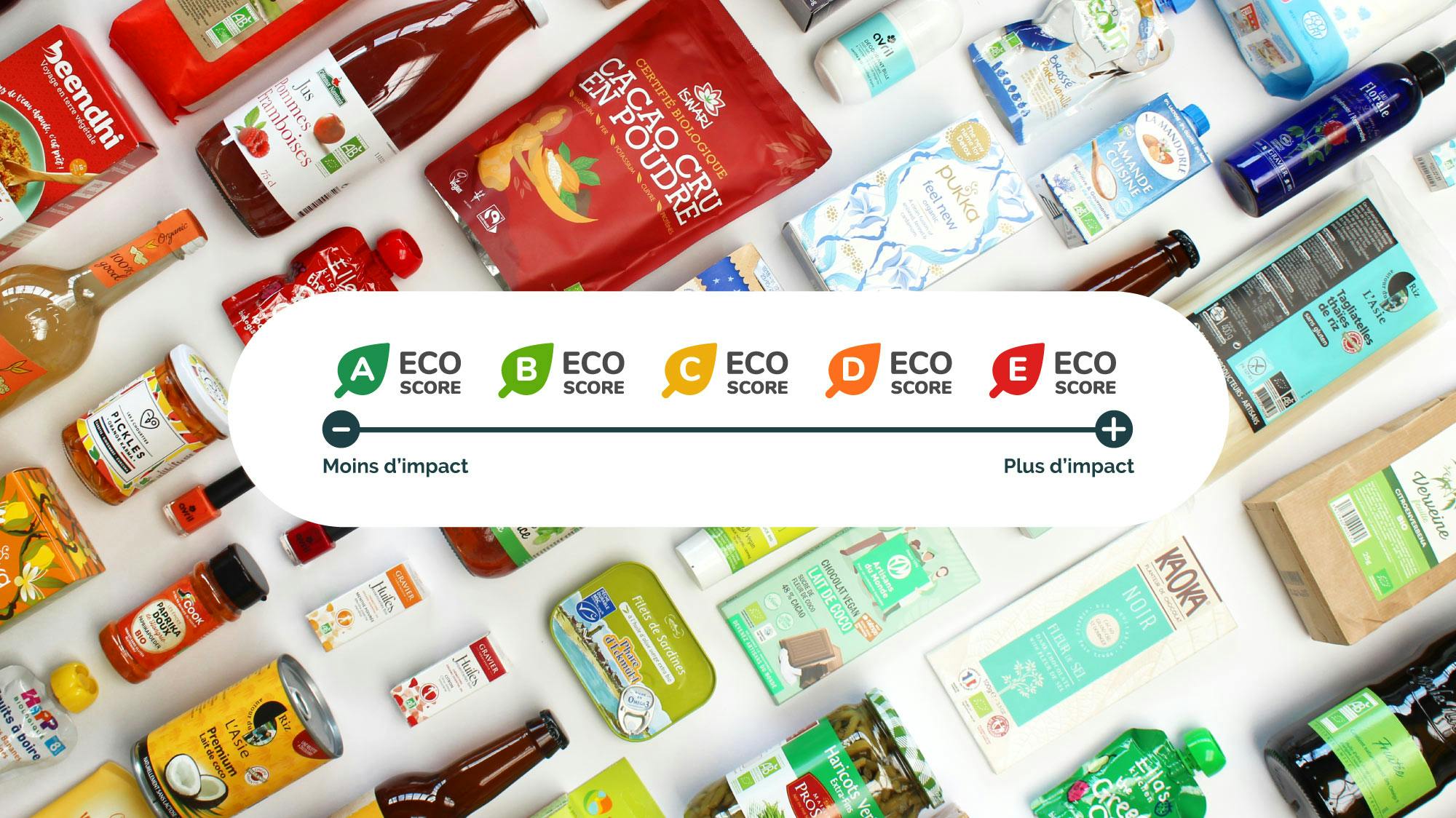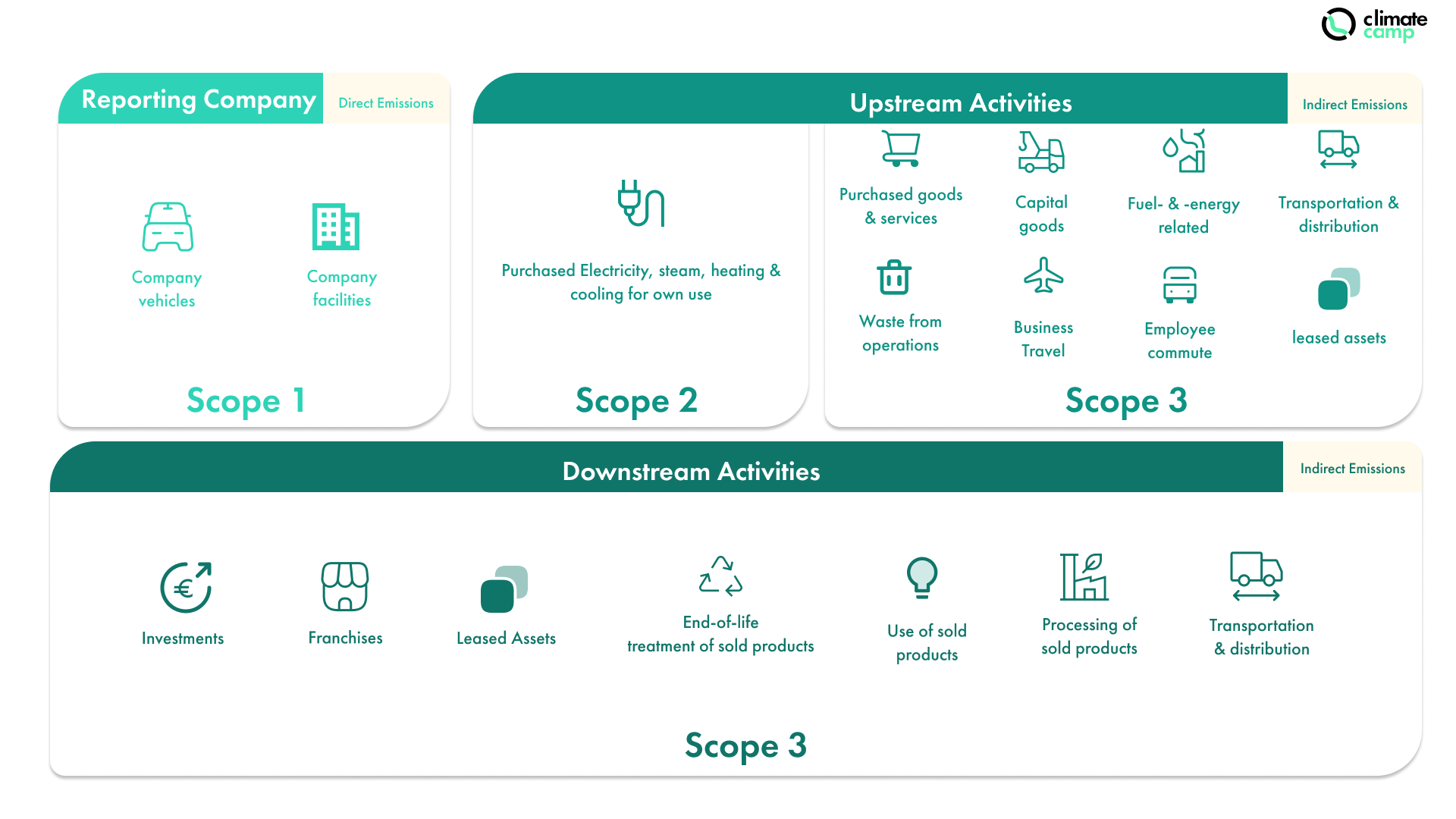Decoding the CBAM: A Strategic Guide for Businesses

In the rapidly evolving landscape of environmental regulations, the Carbon Border Adjustment Mechanism (CBAM) has emerged as a pivotal aspect for businesses operating within the European Union. Understanding and navigating CBAM is a not just a regulatory requirement but a strategic imperative for organisations in the food and beverage industry that are committed to sustainability.
Understanding CBAM: What is it and why does it matter?
CBAM, which stands for Carbon Border Adjustment Mechanism, is a pivotal policy initiative by the European Union (EU) to ensure that the carbon costs of imported goods align with those of goods produced within the EU. It aims to prevent carbon leakage, promote global climate action, and encourage sustainable trade practices. CBAM aims to address this by placing a carbon price on imported goods based on their carbon footprint.
To which products does the CBAM apply to?

Implications of the CBAM
Within the European Union, sectors that face challenges in decarbonisation, such as steel and cement manufacturers, currently receive complimentary EU carbon allowances. However, the introduction of the CBAM will lead to a gradual phasing out of this free allocation, culminating in the complete cessation of EU Allowances (EUAs) by 2034, coinciding with the implementation of the CBAM.
In essence, the transition entails the replacement of the traditional free EUA allocation with CBAM certificates.
Negative implication?
Failure to submit CBAM declarations will result in penalties ranging from €10 to €50 per metric ton of unreported emissions for non-compliant parties.
The Importance of CBAM in Your Business Strategy
Integrating CBAM into your business strategy can have several benefits for your organisation. First and foremost, CBAM can help you enhance your sustainability credentials and demonstrate your commitment to reducing carbon emissions. In an era where environmental concerns are increasingly important to consumers and investors, having a strong strategy to address carbon emissions can enhance your brand reputation and attract environmentally conscious stakeholders.
Additionally, CBAM can help you manage the financial risks associated with carbon pricing. By incorporating the potential costs of CBAM into your business planning, you can better anticipate and manage any financial impacts. This can include adjusting pricing strategies, streamlining supply chains, and investing in cleaner technologies to reduce carbon emissions.
Furthermore, CBAM can present new market opportunities for businesses that prioritise sustainability. As countries around the world adopt stricter carbon regulations, there will be a growing demand for low-carbon products and services. By aligning your business strategy with CBAM, you can position yourself as a supplier of choice for customers who prioritise sustainability.
Overall, the importance of CBAM in your business strategy lies in its ability to drive sustainability, manage financial risks, and unlock new market opportunities. By embracing CBAM, you can future-proof your company and stay ahead of the curve in a rapidly changing global landscape.
How will the CBAM be implemented?
Once the permanent system starts on January 1, 2026, importers must annually declare the quantity of goods imported into the EU in the previous year and their environmental impact. They will then need to surrender an equivalent number of CBAM certificates, priced based on the weekly average auction price of EU ETS allowances in €/tonne of CO2 emitted.
During the transition period until the end of 2024, companies have options for reporting the environmental impact of imports. They can choose to report in three ways:
- using the new EU method
- using an equivalent method (with three options)
- using default reference values (only until July 2024)
Starting January 1, 2025, only the EU method will be accepted, and estimates (including default values) can only be used for complex goods if they represent less than 20% of the total environmental impact.
In conclusion, understanding and integrating the Carbon Border Adjustment Mechanism (CBAM) into your business strategy is crucial for navigating the evolving landscape of environmental regulations and sustainability practices within the European Union. By decoding the implications of CBAM and proactively addressing its requirements, companies can enhance their sustainability credentials, manage financial risks, and unlock new market opportunities.
To learn more about how ClimateCamp can help your organisation navigate CBAM and optimise your sustainability strategy, schedule a call with us. Let us guide you towards a more sustainable and profitable future.

